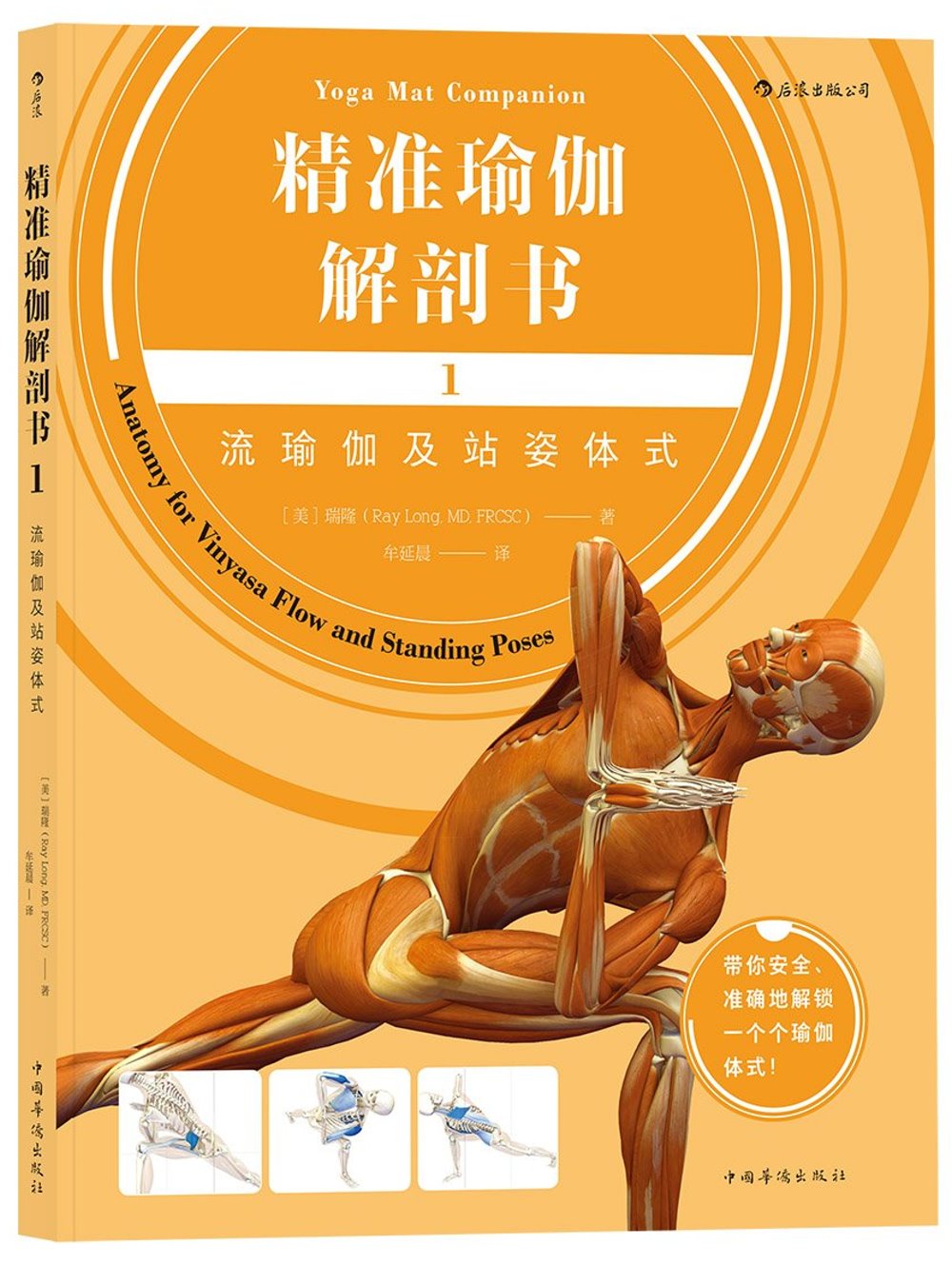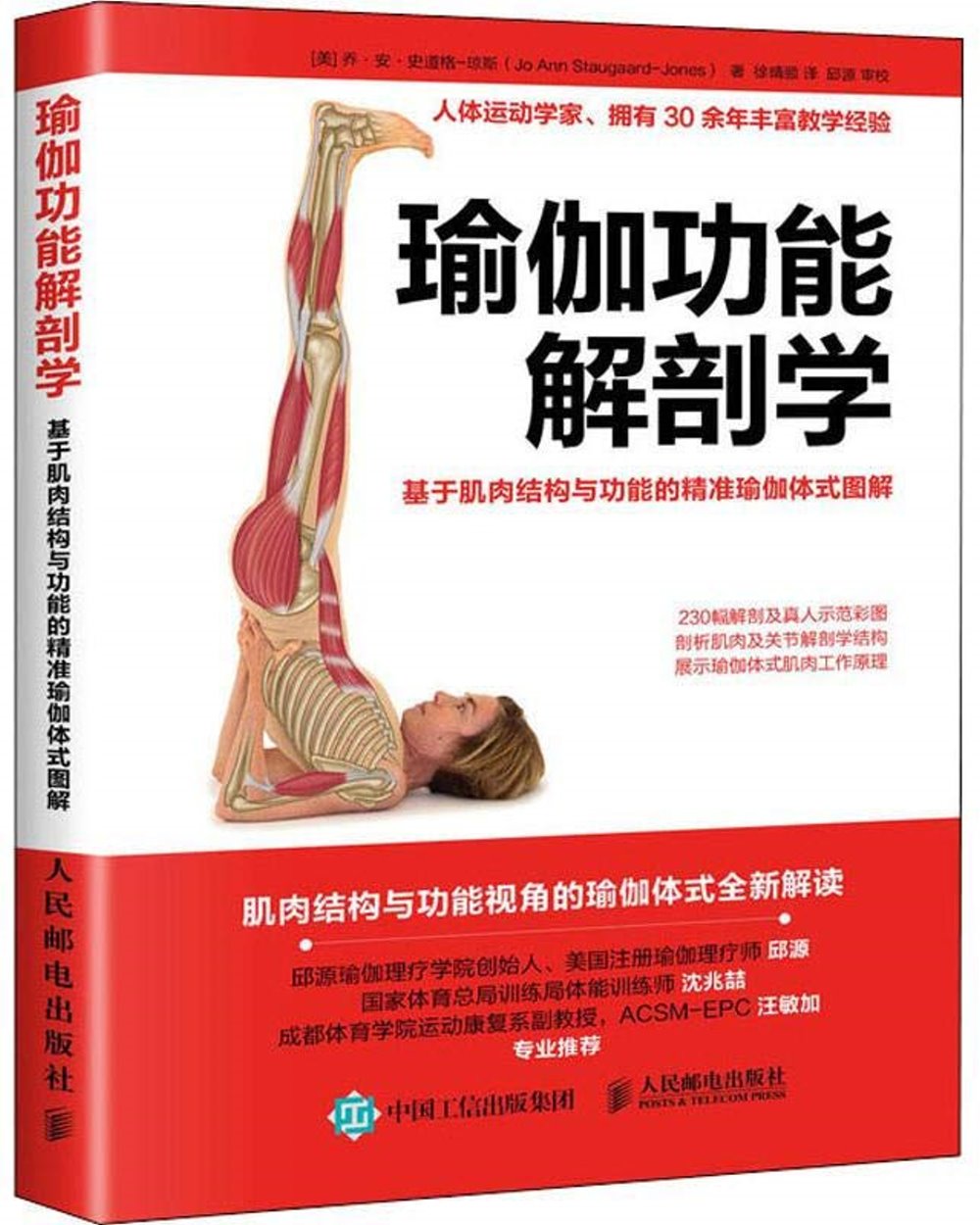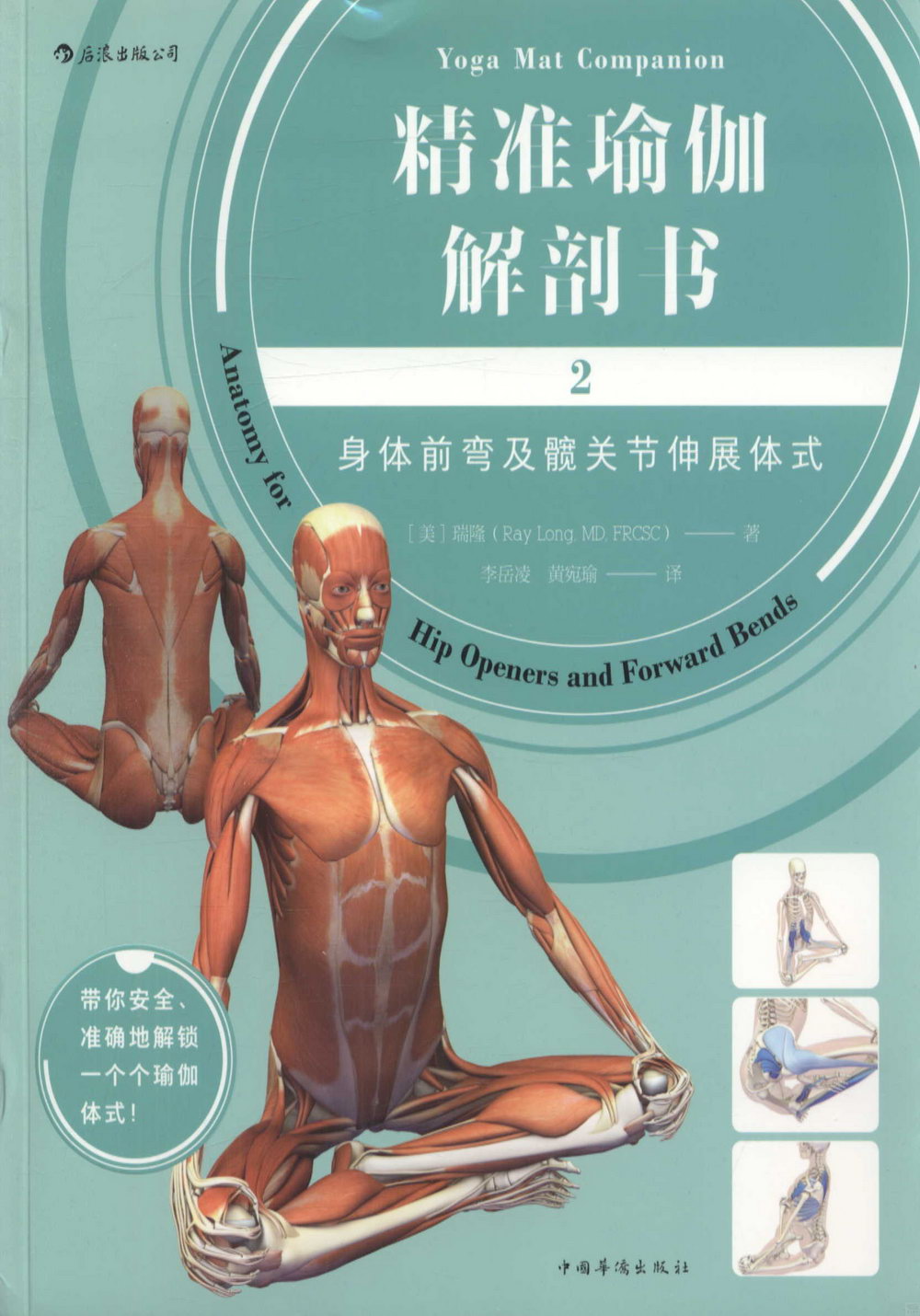半導體多層膜中的電子和聲子(第二版)(影印版)英文 | 做自己 - 2024年5月

半導體多層膜中的電子和聲子(第二版)(影印版)英文
納米技術的發展催生了只有幾個分子厚度的半導體結構,這給該結構中電子和聲子的物理帶來了重要影響。里德利編寫的《半導體多層膜中的電子和聲子(第2版影印版)》闡述了量子阱和量子線中的電子和聲子囚禁對半導體特性的影響。第二版中加入了電子自旋弛豫、六角纖鋅晶格、氮化物結構和太赫茲源等方面的內容。本書獨特之處在於對光學聲子的微觀理論的闡述,其由囚禁引起的徑向性質改變以及與電子的相互作用等。本書適合半導體物理領域的研究者和研究生閱讀。
PrefaceIntroduction1 Simple Models of the Electron-Phonon Interaction 1.1 General Remarks 1.2 Early Models of Optical-Phonon Confinement 1.2.1 The Dielectric-Continuum (DC) Model 1.2.2 The Hydrodynamic (HD) Model 1.2.3 The Reformulated-Mode (RM) Model 1.2.4 Hybrid Modes 1.3 The Interaction of Electrons with Bulk Phonons 1.3.1 The Scattering Rate 1.3.2 The Coupling Coefficients 1.3.3 The Overlap Integral in 2D 1.3.4 The 2D Rates 1.3.5 The ID Rates 1.4 The Interaction with Model Confined Phonons2 Quantum Confinement of Carriers 2.1 The Effective-Mass Equation 2.1.1 Introduction 2.1.2 The Envelope-Function Equation 2.1.3 The Local Approximation 2.1.4 The Effective-Mass Approximation 2.2 The Confinement of Electrons 2.3 The Confinement of Holes 2.4 Angular Dependence of Matrix Elements 2.5 Non-Parabolicity 2.6 Band-Mixing3 Quasi-Continuum Theory of Lattice Vibrations 3.1 Introduction 3.2 Linear-Chain Models 3.2.1 Bulk Solutions 3.2.2 Interface between Nearly Matched Media 3.2.3 Interface between Mismatched Media 3.2.4 Free Surface 3.2.5 Summary 3.3 The Envelope Function 3.4 Non-Local Operators 3.5 Acoustic and Optical Modes 3.6 Boundary Conditions 3.7 Interface Model 3.8 Summary Appendix: The Local Approximation4 Bulk Vibrational Modes in an Isotropic Continuum 4.1 Elasticity Theory 4.2 Polar Material 4.3 Polar Optical Waves 4.4 Energy Density 4.5 Two-Mode Alloys5 Optical Modes in a Quantum Well 5.1 Non-Polar Material 5.2 Polar Material 5.3 Barrier Modes: Optical-Phonon Tunnelling 5.4 The Effect of Dispersion 5.5 Quantization of Hybrid Modes6 Superlattice Modes 6.1 Superlattice Hybrids 6.2 Superlattice Dispersion 6.3 General Features 6.4 Interface Polaritons in a Superlattice 6.5 The Role of LO and TO Dispersion 6.6 Acoustic Phonons7 Optical Modes in Various Structures 7.1 Introduction 7.2 Monolayers 7.2.1 Single Monolayer 7.2.2 Double Monolayer 7.3 Metal-Semiconductor Structures 7.4 Slab Modes 7.5 Quantum Wires 7.6 Quantum Dots8 Electron-Optical Phonon Interaction in a Quantum Well 8.1 Introduction 8.2 Scattering Rate 8.3 Scattering Potentials for Hybrids 8.4 Matrix Elements for an Indefinitely Deep Well 8.5 Scattering Rates for Hybrids 8.6 Threshold Rates 8.7 Scattering by Barrier LO Modes 8.8 Scattering by Interface Polaritons 8.9 Summary of Threshold Rates in an Indefinitely Deep Well 8.9.1 Intrasubband Rates 8.9.2 Intersubband Rates 8.10 Comparison with Simple Models 8.11 The Interaction in a Superlattice 8.12 The Interaction in an Alloy 8.13 Phonon Resonances 8.14 Quantum Wire 8.15 The Sum-Rule Appendix: Scalar and Vector Potentials9 Other Scattering Mechanisms 9.1 Charged-Impurity Scattering 9.1.1 Introduction 9.1.2 The Coulomb Scattering Rate 9.1.3 Scattering by Single Charges 9.1.4 Scattering by Fluctuations in a Donor Array 9.1.5 An Example 9.2 Interface-Roughness Scattering 9.3 Alloy Scattering 9.4 Electron-Electron Scattering 9.4.1 Basic Formulae for the 2D Case 9.4.2 Discussion 9.4.3 Electron-Hole Scattering 9.5 Phonon Scattering 9.5.1 Phonon-Phonon Processes 9.5.2 Charged-Impurity Scattering 9.5.3 Alloy Fluctuations and Neutral Impurities 9.5.4 Interface-Roughness Scattering10 Quantum Screening 10.1 Introduction 10.2 The Density Matrix 10.3 The Dielectric Function 10.4 The 3D Dielectric Function 10.5 The Quasi-2D Dielectric Function 10.6 The Quasi-lD Dielectric Function 10.7 Lattice Screening 10.8 Image Charges 10.9 The Electron-Plasma/Coupled-Mode Interaction 10.10 Discussion11 The Electron Distribution Function 11.1 The Boltzmann Equation 11.2 Net Scattering Rate by Bulk Polar-Optical Phonous 11.3 Optical Excitation 11.4 Transport 11.4.1 The 3D Case 11.4.2 The 2D Case 11.4.3 The ID Case 11.4.4 Discussion 11.5 Acoustic-Phonon Scattering 11.5.1 The 3D Case 11.5.2 The 2D Case 11.5.3 The 1D Case 11.5.4 Piezoelectric Scattering 11.6 Discussion 11.7 Acoustic-Phonon Scattering in a Degenerate Gas 11.7.1 Introduction 11.7.2 Energy- and Momentum-Relaxation Rates 11.7.3 Low-Temperature Approximation 11.7.4 The Electron Temperature 11.7.5 The High-Temperature Approximation12 Spin Relaxation 12.1 Introduction 12.2 The Elliot-Yafet process 12.3 The D’’yakonov-Perel Process 12.3.1 The DP Mechanism in a Quantum Well 12.3.2 Quantum Wires 12.4 The Rashba Mechanism 12.5 The Bir-Aranov-Pikus Mechanism Appendix 1 Appendix 2 Appendix 313 Electrons and Phonons in the Wurtzite Lattice 13.1 The Wurtzite Lattice 13.2 Energy Band Structure 13.3 Eigenfunctions 13.4 Optical Phonons 13.5 Spontaneous Polarization Appendix 1 Symmetry14 Nitfide Heterostructures 14.1 Single Heterostructures 14.2 Piezoelectric Polarization 14.3 Polarization Model of Passivated HFET with Field Plate 14.4 The Polarization Superlattice 14.4.1 Strain 14.4.2 Deformation Potentials 14.4.3 Fields 14.5 The AIN/GaN Superlattice 14.6 The Quantum-Cascade Laser Appendix Airy Functions15 Terahertz Sources 15.1 Introduction 15.2 Bitch Oscillations 15.3 Negative-Mass NDR 15.3.1 The Esaki-Tsu Approach 15.3.2 Lucky Drift 15.3.3 The Hydrodynamic Model 15.4 Ballistic Transport 15.4.1 Optical-Phonon-Determined Transit-Time Oscillations 15.4.2 Transit-Time Oscillations in a Short Diode 15.4.3 Negative-Mass NDR 15.4.4 Bloch Oscillations 15.5 Femtosecond Generators 15.5.1 Optical Non-Linear Rectification. 15.5.2 Surge Current 15.5.3 Dember Diffusion 15.5.4 Coherent Phonons 15.5.5 Photoconductive Switch 15.6 CW Generators 15.6.1 Photomixing 15.6.2 Quantum-Cascade Lasers AppendixAppendix 1 The Polar-Optical Momentum-Relaxation Time in a 2D Degenerate GasAppendix 2 Electron/Polar Optical Phonon Scattering Rates in a Spherical Cosine BandReferencesIndex
 精准瑜伽解剖書(1):流瑜伽及站姿體式
精准瑜伽解剖書(1):流瑜伽及站姿體式 30天解決肩頸腰背痛:神奇的瑜伽療...
30天解決肩頸腰背痛:神奇的瑜伽療... 瑜伽功能解剖學:基於肌肉結構與功能...
瑜伽功能解剖學:基於肌肉結構與功能... 慢老瑜伽:女性專用!讓身體機能大躍...
慢老瑜伽:女性專用!讓身體機能大躍... 完全減壓瑜珈:調整自律神經‧有效解除壓力
完全減壓瑜珈:調整自律神經‧有效解除壓力 瑜伽解剖學:體式全彩圖解
瑜伽解剖學:體式全彩圖解 3分鐘解痛瑜珈:瑜珈解痛+核心肌群...
3分鐘解痛瑜珈:瑜珈解痛+核心肌群... 14天擺脫西洋梨:瑜伽下半身塑體(...
14天擺脫西洋梨:瑜伽下半身塑體(... 精准瑜伽解剖書(2):身體前彎及髖...
精准瑜伽解剖書(2):身體前彎及髖... 身心靈合一的瑜伽體位法:從神話故事...
身心靈合一的瑜伽體位法:從神話故事...